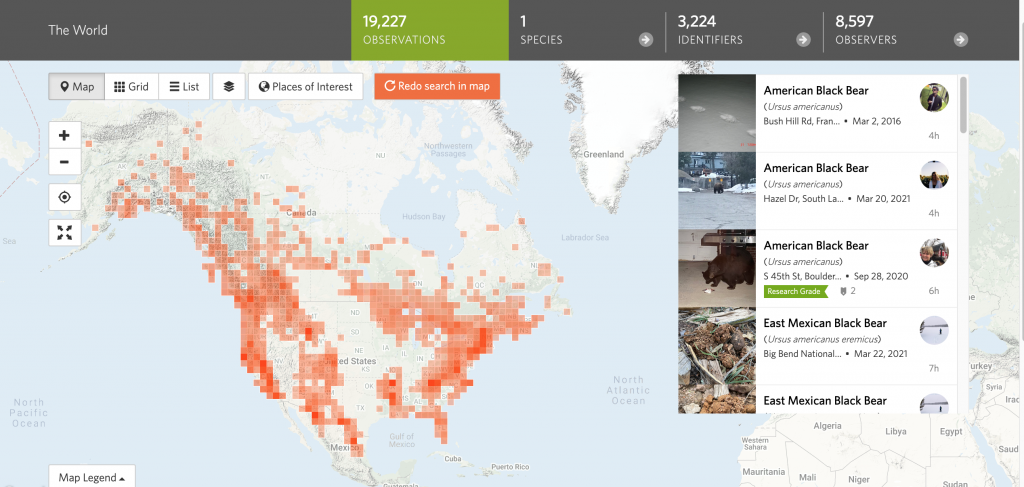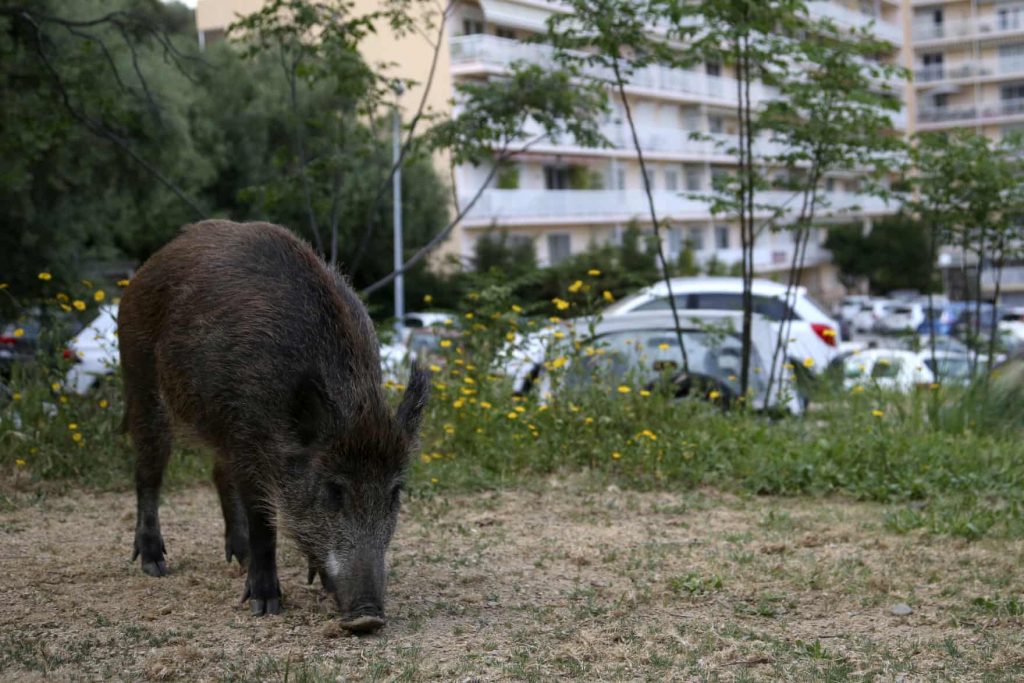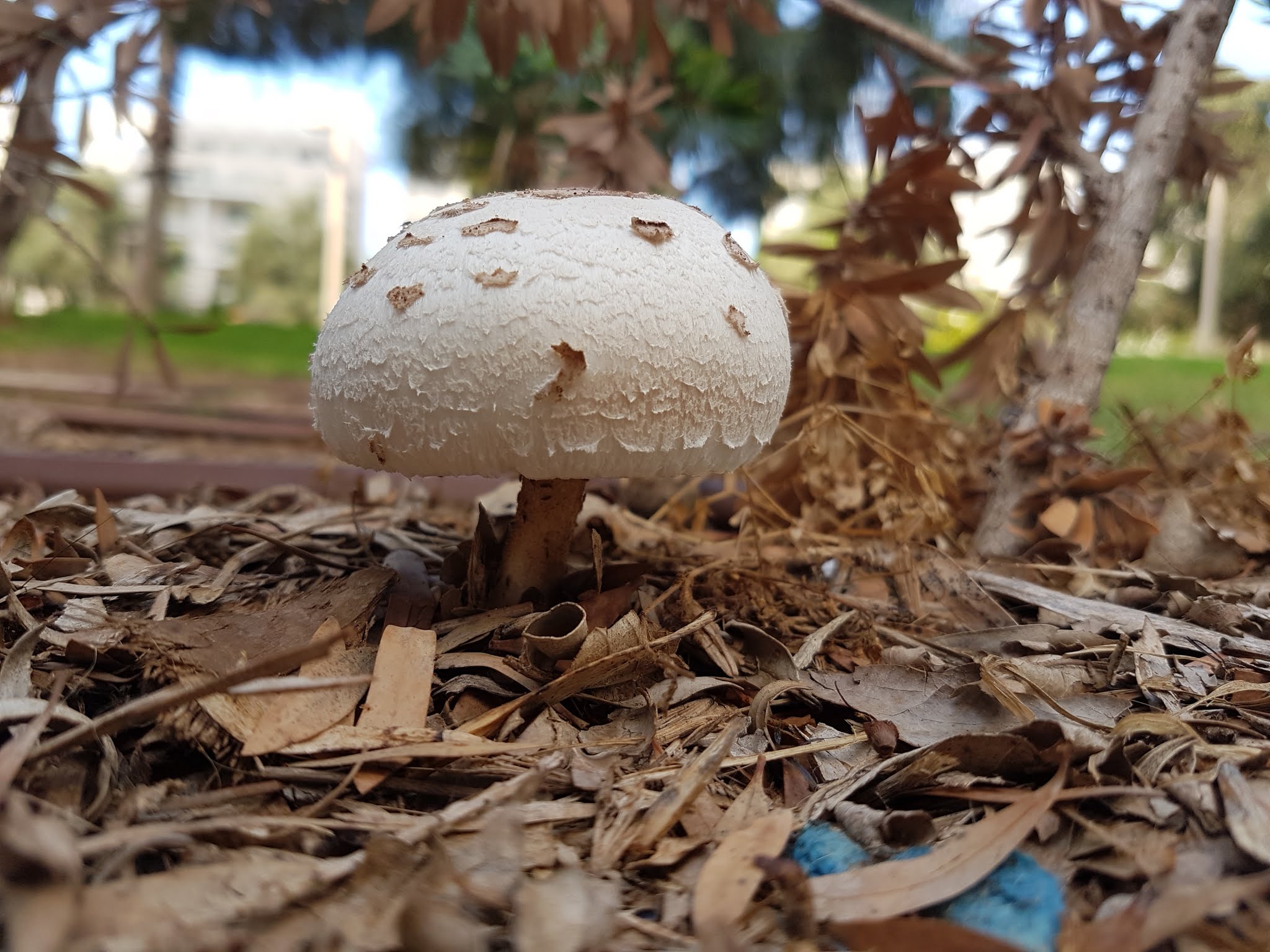Did Wildlife Really Reclaim Cities?
March 30, 2021A new Israeli study assesses whether wildlife really “took over cities” during pandemic-related lockdown periods or if reports were simply exaggerated.
When the coronavirus pandemic first began and the streets became nearly devoid of people, the media often published stories about wild animals taking advantage of our absence and the resulting vacant space. Deer roamed the public gardens of Jerusalem, ibexes strolled on the promenade in Eilat, ducks enjoyed the streets of Paris, wild boards descended on Barcelona from the peaks surrounding the city, and wild turkeys flocked California. But do these claims of animals reclaiming the four corners of the Earth have a basis beyond the anecdotes written about in the press?
In a new study, conducted by doctoral student Reut Vardi, Dr. Oded Berger-Tal and Dr. Uri Roll of the Department of Desert Ecology at the Institute of Desert Research at Ben-Gurion University the researchers examined observations of wild mammals appearing in the urban environment recorded by private individuals near their place of residence.
The observations were recorded using the iNaturalist citizen science platform, one of the most popular nature apps in the world with over 3 million users around the world. Created as a joint initiative between the California Academy of Sciences and the National Geographic Organization, the app allows the general public to record and share animal observations. After their reliability and quality are tested by volunteer citizens, the information collected through the app is passed to a community of over one million scientists who use the data in their research and practical work for the natural environment.
Due to the larger number of observations from the United States and Canada, the researchers chose to focus their study on the common North American wildlife species reported there, which include the American black bear, bobcat, coyote, moose, and puma.
“There are animal species that we probably don’t see many reports of in the system, but captivating species like the ones we examined in the study, are more attractive and interesting to humans. Therefore, we expect them to be reported more in the app––large animals and predators,” says Vardi.
The researchers compared the app-reported locations of these mammals from March to July 2020 (the beginning months of the pandemic) to their locations during those same months from 2010 to 2019. They focused their searches on 40 selected urban districts, each of which documented at least 10 observations during those years. According to the researchers, the data included a total of 7,278 reports, 1,957 of which were received in 2020.
To characterize a particular area as urban, the researchers used an international satellite system that measures the intensity and composition of artificial lighting in the night sky. “Cities are a major source of light pollution, so the more lit up we saw an area, the more urban we determined it to be,” Vardi explains.
The researchers also examined whether changes in human behavior during the lockdowns in those examined areas may have affected the amount of mammalian observations. They did so using the Google Mobility Index, which includes informative trends in movement from place to place (social distancing measures established during the coronavirus pandemic).
Changes in Human Behavior

Surprisingly, the study yielded unexpected results.
“In 2020, we saw that there were indeed more observations of the five mammalian species in urban areas compared to the previous decade, but we realized that there was a perceptual problem with the data,” Vardi says. “Because the reports were recorded during the coronavirus pandemic when people were more restricted to their immediate environment, most of the reports were also located in urban areas and closer to the residential environment.”
Although there have been more reports of sightings within cities, it is not the animals that have changed their behavior, but rather it is us paying closer attention to their nearby presence as a result of the majority of our time being spent at home.
As part of the study, the researchers examined whether the five targeted mammalian species had explored urban areas during the pandemic that they had not visited before.
“All of these species explored new areas in 2020, but apart from the puma, the animals were actually less observed in urban areas compared to previous years. That is to say they were actually ‘more urban’ in the past,” Vardi explains. Despite the increased reports of observations of species examined within the cities, it was found that these were not new areas, but areas that these species had already visited prior to the pandemic.
The only exception among the species tested was the aforementioned puma, which did visit more cities during the pandemic. “In terms of entering cities boundaries, the puma can be compared to coyotes in North America or the jackals in Ramat Gan, for example,” Vardi explains. “Pumas are naturally a more apprehensive species, and although they entered cities before the pandemic began, they did avoid the human environment. In their case, it seems as though the decline in human activity during the coronavirus crisis allowed them to explore additional living areas within the cities.”
Recognizing Nature Outside our Homes

As cities expand to adjust to the rising human population, multiple species of animals are choosing to take advantage of what cities have to offer them. In the city, animals have better access to food, many options for shelter, and a lower chance of being preyed upon by other animals. Of course, this does not necessarily apply to all wildlife.
In many cases, the vast majority of animal species are fatally affected by the expansion of cities, fragmenting their habitats where they gradually shrink and eventually disappear. “The entry of new species into cities is an ongoing process,” she says. “Some species can more easily adapt, making it less difficult for them to take advantage of the opportunities in the cities.” This developing phenomenon has been referred to as synurbization.
The new study demonstrates the potential and importance of citizen science, in which ordinary citizens volunteer to assist in scientific research. Today, there are many examples of research projects in which citizen science plays a significant role, such as the Israeli “Jellyfish Inc.” application––or Meduzot Ba’Am–– which centralizes reports on jellyfish sightings and creates a map of jellyfish distribution along the Mediterranean shores of Israel.
“Beyond this, we see this study as an opportunity to draw the public’s attention to animals, especially to urban nature,” says Vardi. “In its own way, the coronavirus has reminded the public that there is nature outside their homes, and that it can be observed and preserved. During and following lockdown periods, we have come to better understand just how important nature is––not only to animals, but to us humans,” Vardi concludes.
This ZAVIT Article was also published in The Jewish Journal on 29 Mar. 2021







